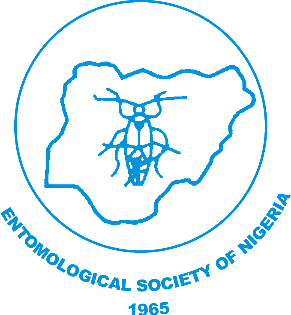
Integrating Insecticide Spray Time and Weeding Regime to Manage Insect Pests and Yield of Cowpea in the Southern Guinea Savanna of Nigeria
NJE Vol. 39: 10-27, 2023
DOI.10.36108/NJE/3202/93.0120
1James Adebayo Ojo, 1Florence Bukky Aina, 1Emmanuel Oyamedan Imoloame and 2Abdulwasiu Ibrahim
1Department of Crop Production, Kwara State University, Malete, Kwara State, Nigeria.
2College of Public Health, Kent State University, Kent, Ohio, USA.
Abstract
Insecticide treatments are recommended for the control of insect pests in cowpea (Vigna unguiculata (L) Walp) in Sub-Saharan Africa. Nonetheless, these have unfavorable effects on man and the environment, in addition to being costly for smallholder farmers. The goal of this study was to find the optimum insecticide spray time and weeding to manage insect pests and increase yield of cowpea. The experiment was designed as a randomized complete block in a split-plot arrangement with three replications. The main plots consisting of spray time of insecticide application while the sub-plots consisting of weeding regimes. Data collected includes insect pest’s abundance, damage assessment and yield. The major insect pests observed were the cowpea aphids, thrips, maruca and pod sucking bugs. Insecticide sprays applied twice at 50 percent flowering and 50 percent podding, as well as a weeding regime applied either thrice or twice – at 3, 6, and 9 or at 3 and 6 weeks after sowing –effectively reduced insect population and damage, and increased yield of cowpea This recommendation can be incorporated into cowpea integrated pest management strategies among farmers in the study location.
Keywords: Cowpea, insect, insecticide, spraying time, weeding regime, pest management
